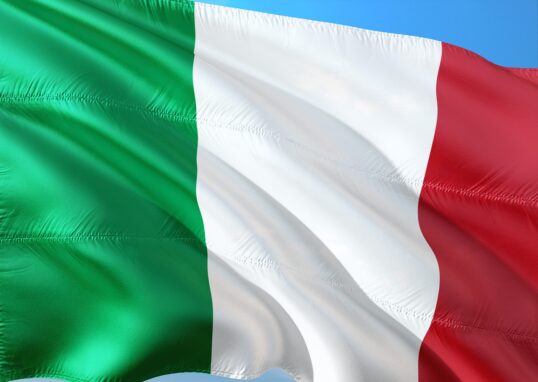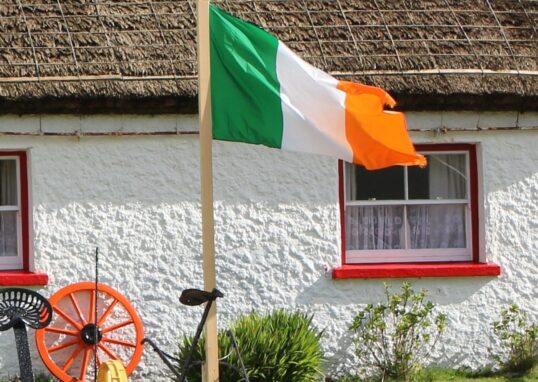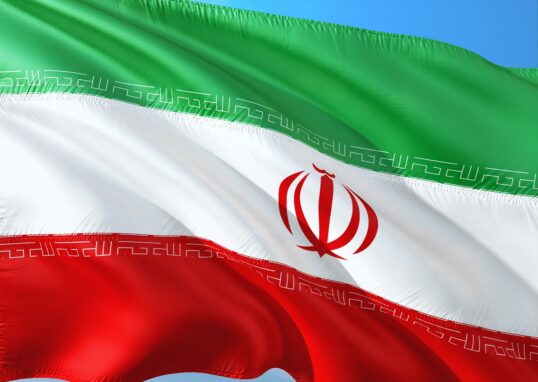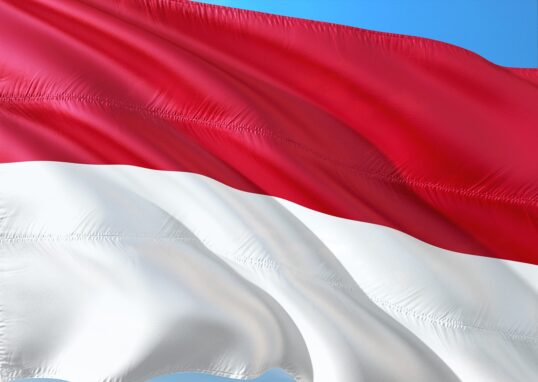
Chinese New Year: A Tapestry of Fortune, Family, and Firelit Dreams
Chinese New Year, or the Spring Festival (Chūnjié), isn’t just a time for celebration, but a cultural phenomenon beyond borders and eras. The year begins with the snake cycle in the Chinese zodiac. The Chinese New Year is one of the most important and lively Chinese festivals, observed as a time for family reunification, celebration, and tradition. The year 2025 is also associated with change, intelligence, and knowledge; thus, it will be a pivotal year for self-development, strategic thinking, and renewal. This festive season marks the beginning of the lunar calendar and has its roots deep in centuries-old stories, myths, and age-old customs. It’s not just in China where people party; millions of Chinese folks and their friends around the world get in on this shindig. They all come together for a blast decking things out in bright colors, ensuring their families are close, and focusing on good luck, staying healthy, and achieving financial success. Let’s delve into the details of the beginnings, meanings, and unique traditions associated with the Chinese New Year. You’ll get the complete picture of this extraordinary festivity that brings folks together.
A Rich Historical Backdrop – Chinese New Year
Farming Beginnings
The beginnings of the Chinese New Year are deeply rooted in the rural life of ancient China. Here, to kick off the planting time after chilly winter days, growers gathered to celebrate. This fest was like a signal to switch from rest mode to a time of fresh starts, filling everyone with dreams of a good crop. As the years passed, these farm customs evolved into a celebration with much greater meaning.
The Tale of Nian
A key piece of this fest’s start is about Nian, a make-believe monster that would show up on New Year’s Eve to pick on villagers, the little ones. To keep safe, folks found out that Nian was scared of:
- Blasting sounds (so people light firecrackers and bang drums),
- Intense illumination (such as lanterns), and
- A deep red hue is now a pillar of the celebration.
This myth established a foundation for many ongoing Chinese New Year customs, combining old stories with rituals that are still alive today.
Key Preparations and Symbolism
Every family’s focus when preparing for the Chinese New Year is to make the coming year full of wealth.
Tidying Up and Getting Organized
Families ensure their homes receive a thorough cleaning before the festival. They call this “sweeping away the dust” because it represents chucking out all the bad vibes and tough breaks from the last year. But hey, when it’s New Year’s Day, no one touches a broom. They don’t want to risk losing any good luck by mistake.
Sprucing Up with Good Vibes
When it comes to the Chinese New Year, you’ll see a lot of red everywhere. It’s not just because it’s pretty – red’s all about bringing good fortune and keeping you safe. People deck out their living spaces with:
- Streets and courtyards light up with red lanterns.
- Red couplets show lucky words including “wealth,” “happiness,” and “longevity.”
- Symbols like the current zodiac animal or fish, known for suggesting plenty, appear in paper cuttings.
Purchasing Fresh Threads
Wearing brand-new outfits, specifically red ones, signifies a clean slate for the new year and the shedding of past woes. People tend to steer clear of black and white garments because those colors are associated with mourning.
Cooking Up Classic Eats
Folks start prepping for the feast, piling up the supplies they need for special treats. The grub they munch on during the party means something lucky, ’cause of how it looks or sounds when you say it. Take a peek:
- Fish (yú): This is about having more than you need and seeing good fortune.
- Dumplings (jiǎozi): They look like those old-timey gold and silver pieces, so people think they bring in the dough.
- Glutinous Rice Cake (niángāo): It symbolizes climbing the ladder and achieving success.
The Chinese New Year celebrations will last 15 days, with the Lantern Festival at the top. Preparations often begin weeks in advance to ward off bad luck, including cleaning and decorating homes with red lanterns, links, and paper. It is a symbol of wealth and prosperity. The color red, believed to have the power to ward off evil spirits, was associated with the celebration, from the dress to the jewelry, the red packets (hongbao), the cash given to children, and even the elders.
Families gather for this year’s most important food and reunion dinner on New Year’s Eve. This grand party features symbolic dishes such as fish (symbolizing abundance), dumplings (representing prosperity), and long-life noodles (signifying a long and healthy life). During the meal, diners share time with their generations, tell stories, and say thanks. Firecrackers and fireworks light the night sky at midnight, remove evil spirits, and bring joy and happiness.
New Year’s Eve: A Night of Reunion and Reflection
The Reunion Dinner
Chinese New Year’s Eve shines brightest during the reunion dinner (tuányuán fàn). Families sometimes gather from miles away for this grand meal. Classic dishes they enjoy are:
- Whole fish, for its symbolism of wholeness.
- Chicken not chopped shows the closeness of the family.
- Longevity noodles are left uncut due to their association with a long and healthy lifespan.
Swapping Red Pockets
A much-loved tradition involves gifting red envelopes (hóngbāo) filled with cash to older relatives, especially children and those not yet married. The move is like wishing luck and happiness in the coming year. People tend to stick to even sums of money, as odd numbers are often associated with sad times, such as funerals.
Fireworks and Firecrackers
Right when the clock hits twelve, fireworks and firecrackers kick off. They’re part of an ancient ritual to ward off bad vibes. They’re all about bringing in the New Year with a big old celebration.
The 15 Days of Celebration
Chinese New Year unfolds across 15 days, each with its traditions and meaningful practices.
Day 1: Saying Hi to the Gods
On the very first day of the New Year, it’s all about paying respects to the gods and remembering the ancestors. People gather at the temple or their homes to wish for health and roll in dough. Also, they steer clear of scissors and knives ’cause there’s a belief these things could snip your luck right off.
Day 2: When Married Daughters Swing By
This day is set aside for all those married daughters to visit where they grew up. It’s their way of keeping the family vibes going strong.
Day 5: Big Day for the Money God
Businesses reopen on the fifth day, and people make offerings to the “God of Wealth.” Setting off firecrackers is key too; it brings good fortune.
Day 15: Lantern Festival
It all wraps up with the “Lantern Festival (元宵节, Yuánxiāo Jié)”. Families light lanterns, savor tangyuan (yummy sweet rice balls), and get into dragon and lion dances. The festival marks family togetherness and the return of spring.
Modern-Day Celebrations
Although old-school traditions still hold sway during Chinese New Year, city life and new technology bring fresh twists to the festivities.
Cash Pockets Go Digital
Digital wallets like WeChat Pay and Alipay have revolutionized the way people send red envelopes online, making it a popular trend. These e-envelopes are a hit for sending good vibes to the young folks.
Urban Parties
Big city bashes now feature street parades, sparkly fireworks, and diverse cultural shows. Even shopping centers and food places are getting in on the action with incredible deals and fancy festive looks.
Global Chinese New Year Parties
The excitement of Chinese New Year extends beyond China, with significant celebrations in countries such as Malaysia, Singapore, Vietnam, and Indonesia. Cities like London, New York, and Sydney are also hosting large-scale parties. Celebrations typically include:
- Performances of dragon and lion dances, Hosting cultural expos, Fireworks display, Traditional routines, Cultural Significance
Cultural Symbolism
Every custom of the Chinese New Year carries a meaning to bring good fortunes, health, and merriment with these or their main characters or creatures:
- Mandarins and Oranges: They symbolize wealth and victory.
- Double Happiness Symbol: This is featured on decorations for happiness and abundance.
- Zodiac Animals: They control each annual cycle of one of 12 zodiac animals and determine character traits and destiny.
Interesting Facts about the Chinese New Year
- Massive Annual Travel Wave: The “Chunyun” phenomenon, triggered by the festival, creates the world’s largest travel high tide as people commute to spend the festive time with their families.
- No Room for Gloomy Talk: During the celebrations, people avoid using words like “death,” “sickness,” or “loss.”
- The Power of Red: Red is not just a lucky color; it is believed to ward off evil spirits.
- Day One Cleaning Pause: On the inaugural day, nobody touches a broom or performs any cleaning to avoid chasing away any good luck.
The parades, street fairs, and cultural performances will be celebrated in the capital cities for the prosperity of Chinese heritage. The festival season in China is a phenomenon of mass migration, referred to as the Spring Travel Rush (Chūnún), during which millions of people flock to reunite with their families and hometowns. It is a testament to the rational challenge and profound cultural significance of family bonds.
The snake is expected to focus on self-reflection, adaptability, and change during the year of the snake. Born in this year (1929, 1941, 1953, 1965, 1977, 1989, 2001, 2013), snakes are described as signs of snake intelligence, attraction, and willpower, which makes 2025 special for them to produce happiness years in shape.
Chinese New Year 2025 will be an era of mix, joy, remembrance, and innovation, featuring new festivals alongside ancient traditions. In mass public rituals or family reunions, the holiday will again unite people in hope, thanksgiving, and pride of culture, at the beginning of a new year’s promise and potential.
Conclusion
Chinese New Year isn’t just a festivity but a symbol of family values, new beginnings, and aspirations. The customs and traditions, with deep historical roots, offer us fascinating glimpses into Chinese culture. Whether it’s brilliant lanterns, delicious feasts, or the joyful sound of firecrackers, Chinese New Year continues to draw people from all over, uniting communities to rejoice in fresh starts and shared dreams. People usually visit the most popular places in China, mainly the Great Wall, commonly known as the Great Wall of China, an exemplary site in the world that encloses the past, the present, and the future. To witness or experience the Chinese New Year is to experience a celebration that is replete with joy, profound meaning, and a wealth of cultural treasures.









